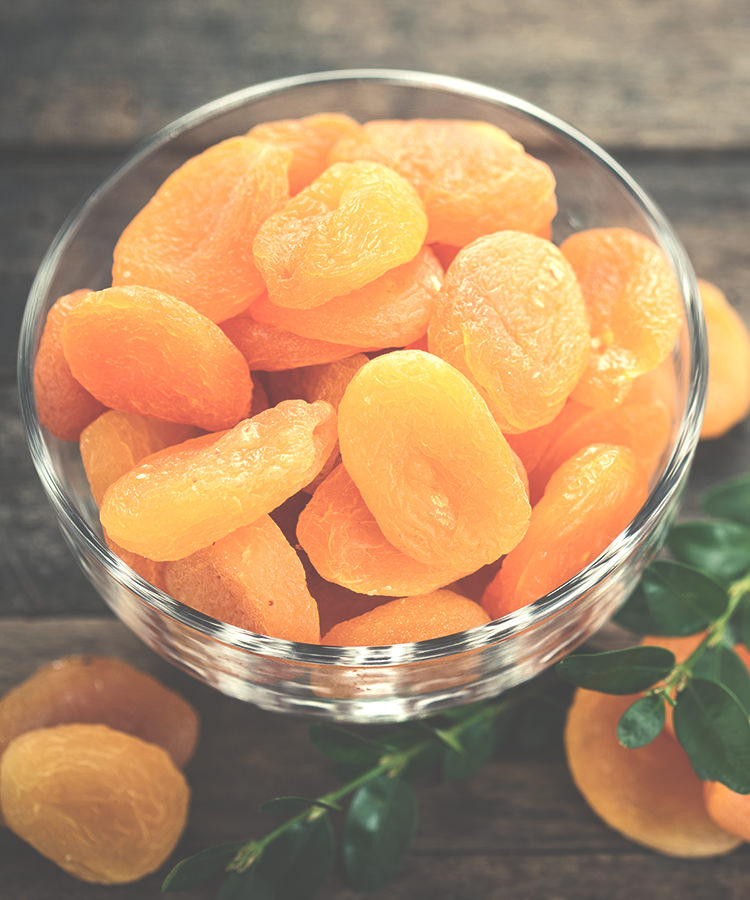It’s time to address the sulfite situation once and for all. Sulfites are the naturally occurring byproduct of fermentation. You heard me: I said naturally occurring. When yeast and sugar come together to create CO2 and alcohol, minimal amounts of sulfur dioxide are also produced in the process. Therefore, every wine will have minimal amounts of it.
However, the sulfites wine consumers make a fuss over are the unnaturally occurring ones — the sulfites added post-fermentation. The amount of sulfites generated from natural fermentation is incredibly small, ranging from approximately five to 40 parts per million. In America, wines can contain up to 350 parts per million, a significantly larger amount than those naturally produced. It’s a direct result of producers adding sulfites to their finished wines — and for a good reason. Sulfites act as preservatives for wine, allowing the bottles to have a longer shelf life and maintain their flavor. Even organic wines allow for a maximum of 100 parts per million of sulfites per bottle, though generally speaking, they’ll only have 50 to 75 parts per million.
Many wine consumers blame sulfites for their morning hangovers — and wrongly so; it’s a myth that sulfites cause hangovers. What people furthermore don’t realize is that these same sulfites they blame their wine hangovers on are actually used in many of the foods they eat on a daily basis. And they’re used for the same reasons; sulfites in food also act as preservatives, preventing them from going bad or losing color. In fact, some of your favorite foods actually contain more sulfites than that allegedly “headache-inducing” bottle of wine.
Dried fruits, bottled lemon/lime juices, molasses, sauerkraut, and pickled onions all contain over 100 ppm of sulfites, with dried fruits potentially containing a whopping 2,000 ppm — that’s over five times an average non-organic bottle of wine! Pre-packaged meats, cheeses, and soups also fall into that category, with some containing up to 100 ppm more per serving than wine.
Moral of the story? Blame your dried fruit for your hangovers, and keep drinking the fermented stuff.
